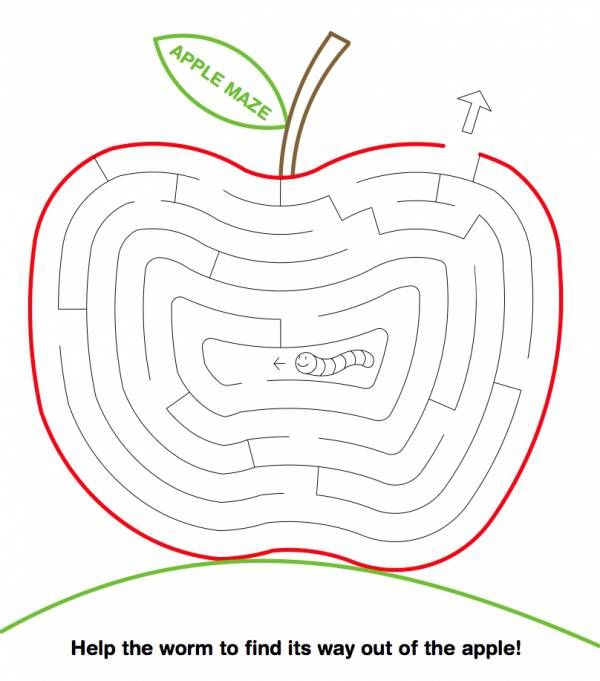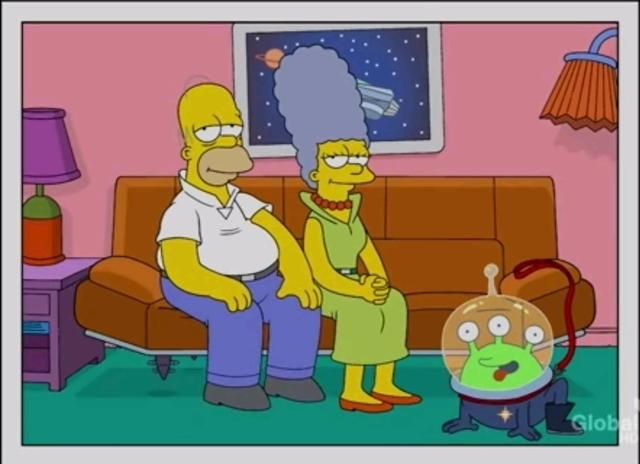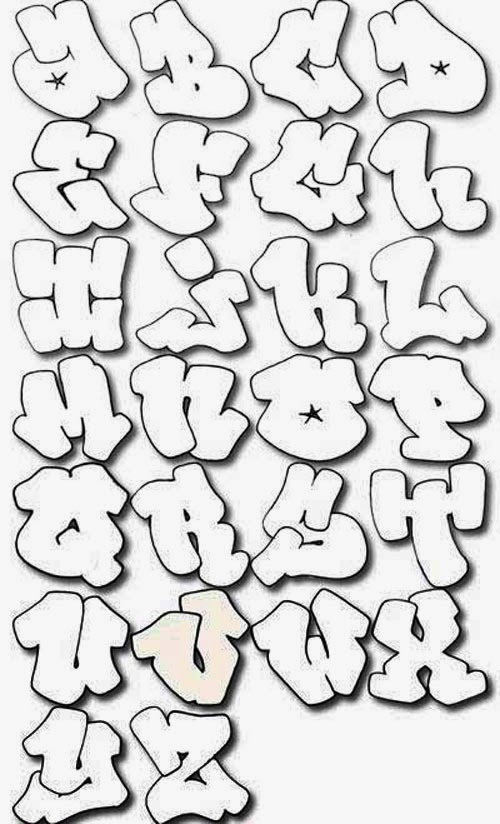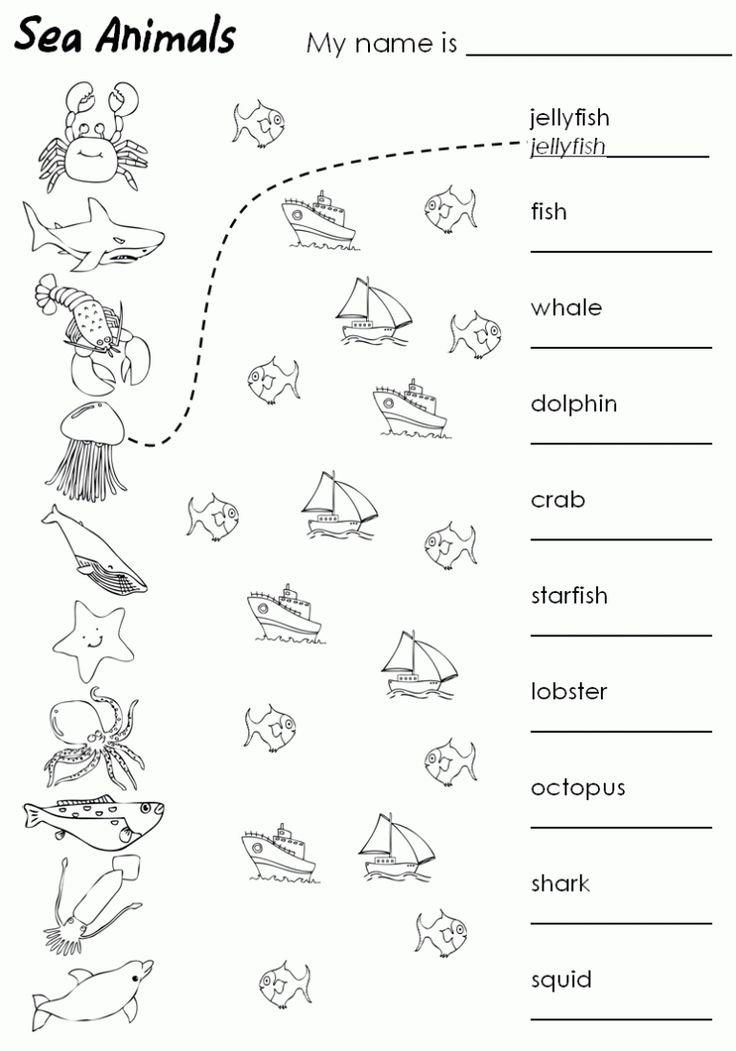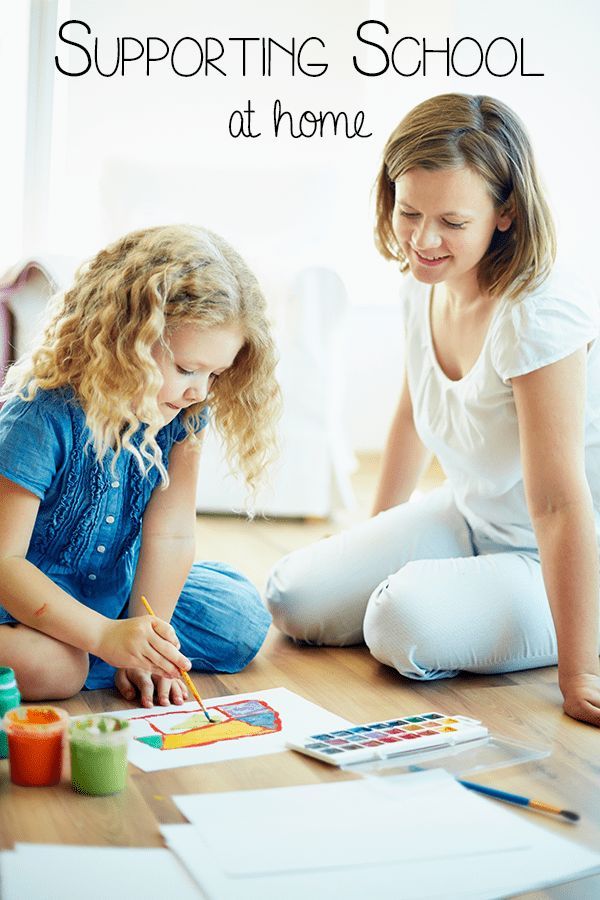Little kids writing
Kid Writing
Hello Parents and Caregivers,
Are you at home with a young child (or children) who is between the ages of four and eight? We want to offer manageable and fun ways to think about writing that might give you and your child something to do together while providing structured writing practice. In this overview, we offer a sense of how you might help your young writer grow. Then we offer four cycles of exploration and writing for you to try out (located in the right-hand menu). You can do these activities with your children to give them something to learn and talk and write about.
If you are wondering what “counts” as writing for young children, the answer is: all of it. For our youngest writers, the scribbles and squiggles are all approximations on the way to writing; and just as we celebrate baby talk as an approximation of adult language, we want to celebrate all the steps your child is taking on the way to becoming a full-fledged adult writer.
In fact, research has shown that writing emerges very early and is distinct from other kinds of art young children make.
Building on the work of our colleagues—Eileen G. Feldgus and Isabell Cardonick, authors along with Richard Gentry, of the book Kid Writing in the 21st Century: a Systematic Approach to Phonics, Spelling, and Writing Workshop—we are going to share four simple ideas to support you as you take up the role of writing mentor to your child during this time of interrupted schooling. To give you a view of what we are aiming at, we share this video of an elementary school principal in Philadelphia talking about why this program has been powerful for young writers in his school:
Basically, there are four components or steps to kid writing, which are all things that parents can help their children do at home.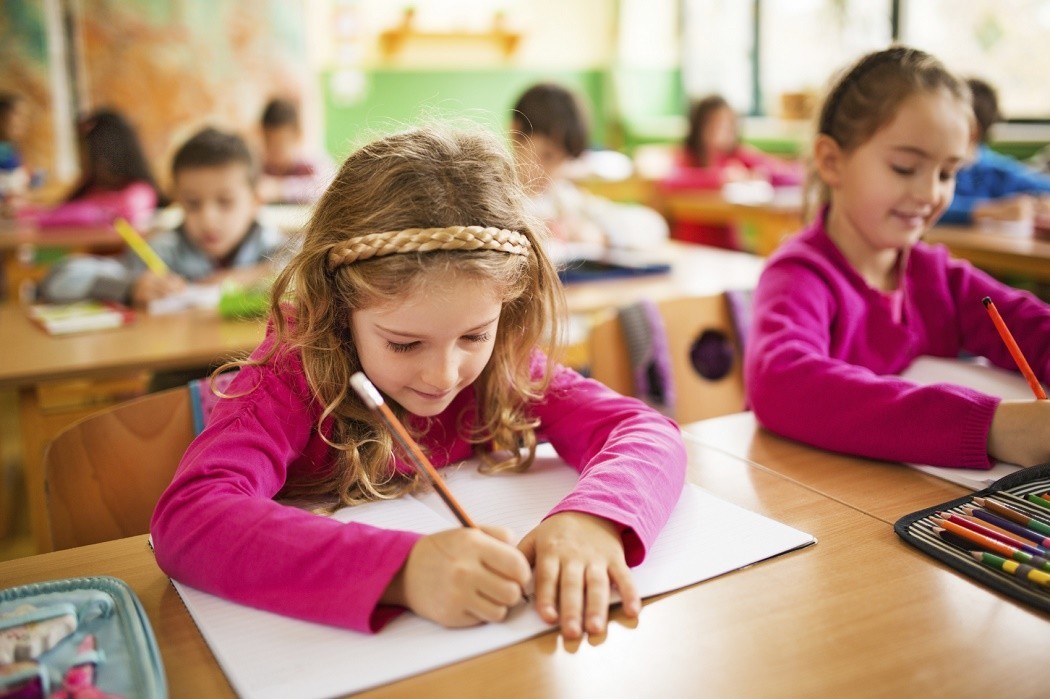
Beginning writers are learning to communicate what interests them or is important to them. Drawing is a great way for them to do that. A child who draws their story or information can use that drawing to tell you what they want to write. The drawing can help a child remember what they want to say as they struggle to hold onto the letters that make up each word and all the words in the sentence(s) they want to write. Looking at the child’s drawing is a great place for parents or other adults to guide their part of the work. An adult might ask “tell me more about this?” or “what about this part of what you drew? What is happening here?”
#2 Kid WritingHere kids write their story, which for very beginning writers might be a single word or a single sentence. We like to take away the pressure of perfection in order to create more room for learning, so we tell young writers that kid writing is different from adult writing, and we give them room to sound out, spell words incorrectly, and even to use a “magic line” to hold the place of a word they can’t figure out how to spell. A parent or other adult might sit side-by-side with a child during kid writing, to help them remember the whole sentence they are trying to write (what’s the next word?) or to help them sound out a word (Let’s stretch that out, what sound do you hear next?). We would encourage you to let the child lead the kid writing and not to worry about mistakes, but instead to notice what your young writer can do, and to praise it (I see you wrote your name here, great work. I noticed that you heard the “b” in “bug”, nice!).
A parent or other adult might sit side-by-side with a child during kid writing, to help them remember the whole sentence they are trying to write (what’s the next word?) or to help them sound out a word (Let’s stretch that out, what sound do you hear next?). We would encourage you to let the child lead the kid writing and not to worry about mistakes, but instead to notice what your young writer can do, and to praise it (I see you wrote your name here, great work. I noticed that you heard the “b” in “bug”, nice!).
After your child writes their story or information, you can write the full story for them so they can see all the words and sentences. Rather than correct the child’s writing as they go, or cross out or write over their mistakes, adult writing can just exist as another layer of the work. This page highlights some pictures of children’s work that shows their drawing, their kid writing, and the adult writing that was added.
#4 Sharing!Writing is a form of expression, meant to be shared.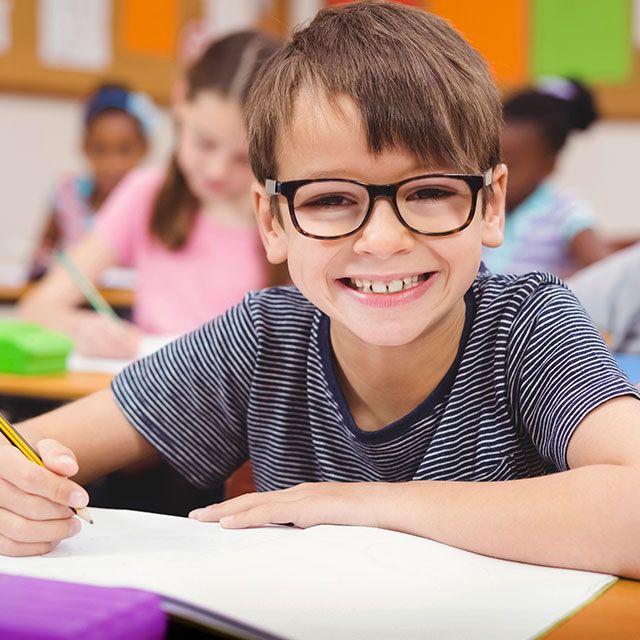 We’ll invite you to share your child’s writing and your experiences and responses with us electronically, but who else might be an appreciative audience for your child’s writing? Could they share it with their sibling? A friend? A grandparent? We hope to meet stories with more stories or appreciation. If you, a sibling or a grandparent can appreciate the story, notice something that you love about the drawing or the writing, and maybe share a story of your own that your child’s story reminds you of, you’ll be well on your way to teaching your child the joy and power of writing!
We’ll invite you to share your child’s writing and your experiences and responses with us electronically, but who else might be an appreciative audience for your child’s writing? Could they share it with their sibling? A friend? A grandparent? We hope to meet stories with more stories or appreciation. If you, a sibling or a grandparent can appreciate the story, notice something that you love about the drawing or the writing, and maybe share a story of your own that your child’s story reminds you of, you’ll be well on your way to teaching your child the joy and power of writing!
Over the next four weeks, maybe beginning on Monday, we invite you to explore the four cycles (located in the right-hand menu) with your child that include noticing, drawing, and writing, as well as an opportunity to share your child’s work with us. We encourage you to have fun, celebrate the writer that your child is, and to let us know how these work for you.
7 Great Ways to Encourage Your Child's Writing
By: Amanda Morin, Understood
1.
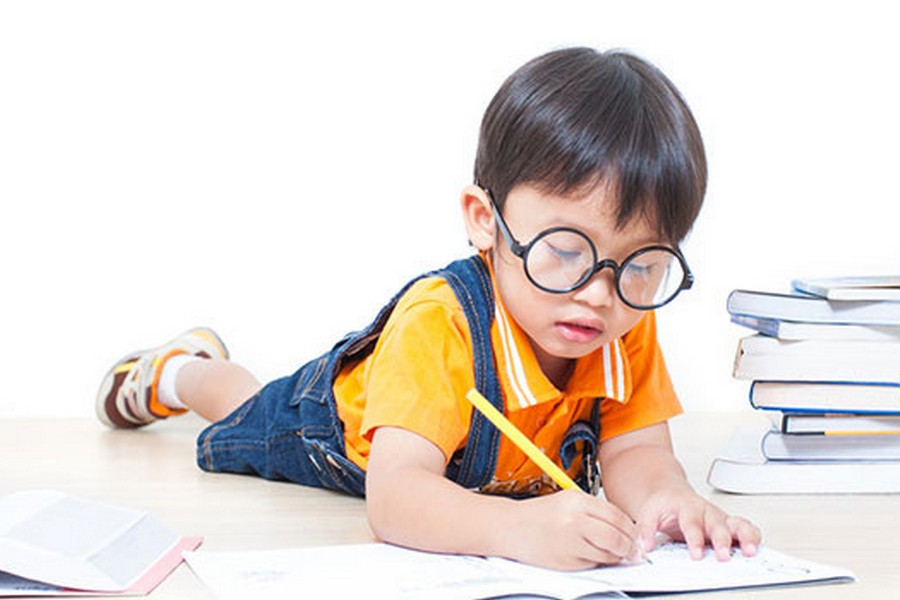 Write a “Convince Me!” letter
Write a “Convince Me!” letterWriting isn’t just about telling stories or reporting on books. There are many ways your child can use words, including trying to convince others to agree with her. You can help her practice this type of writing by letting her argue with you—in writing!
Choose a topic you don’t agree on, such as allowance or bedtime. Have your child write you a letter trying to convince you to change your mind. The catch? She has to use facts, quotes and logic to back up her argument.
2. Play a game with pictures
Photos and images are great story sparkers. Do a web search and find a few interesting images. Or cut out pictures from magazines. The pictures can be realistic, such as a photo of students on a playground. Or they can be fantastical images, such as a superhero flying in space.
Glue a couple images into a notebook. Then ask your child to write about one of them. You can prompt her, asking her to include what she sees, what the people are thinking, what will happen next—or just let her imagination run free.
3. Play “Tell Me How”
In this activity your child pretends she’s writing to a space alien who doesn’t know anything about our culture. This alien does everything exactly as it’s said or written.
Your child’s job is to choose an everyday task, like brushing her teeth or making a sandwich. Then, she needs to write step-by-step directions about how to do the task for the alien. When she’s done, you get to be the alien and try to follow the steps exactly as she wrote them. She may be surprised at what she left out!
4. Make an “I Can” book
As your child learns to write, she’ll also be learning other new skills. Making an “I Can” book will let her practice writing skills and keep track of her other accomplishments. Staple together a bunch of blank sheets of paper to make a book. As your child reaches a new milestone, such as learning to tie her shoes or hit a baseball, she can draw a picture on a new page of the book. Younger kids can then write, “I can tie my shoes. ” Older kids can write a few sentences about what they’ve accomplished.
” Older kids can write a few sentences about what they’ve accomplished.
5. Play “Fortunately/Unfortunately”
This turn-taking writing game is based on a classic kids’ book by Remy Charlip called Fortunately. In it, something lucky happens and then something unlucky happens. Each event is introduced by either the word “fortunately” or the word “unfortunately.”
To play, take a piece of paper and write a sentence beginning with “Fortunately,” such as “Fortunately it was a sunny day. I wanted to play outside.” Pass the paper to the next player, who will add an “unfortunately” sentence, such as “Unfortunately, I had to clean my room.” Keep going until the story is too silly to continue.
6. Make a journal jar
A journal doesn’t have to be a diary. It can also be a book where your child writes about ideas or answers questions, like “If you could do anything next summer, what would you choose?” A journal jar is a place to keep all those ideas and questions.
Wash and decorate a wide-mouthed jar, like one that used to contain peanut butter. Then, write or print out journal prompts on slips of paper. Ask your child to pull out one prompt each day and write about it in her journal.
7. Create a family scrapbook
A family scrapbook is a great way to save memories and jump-start your child’s writing. Use an inexpensive photo album to keep souvenirs of things you do together. This can include photos, ticket stubs, and found objects, like pretty leaves.
Your child can begin by writing the date and a line about where you were and what you did. Then, you can work together to write a more detailed summary. Don’t forget to include funny or even annoying moments!
Watch as an expert shares more tips for encouraging your child’s writing, including using dictation (speech-to-text) technology:
This special edition of Growing Readers was created by Understood, a free online resource for parents of children with learning and attention issues.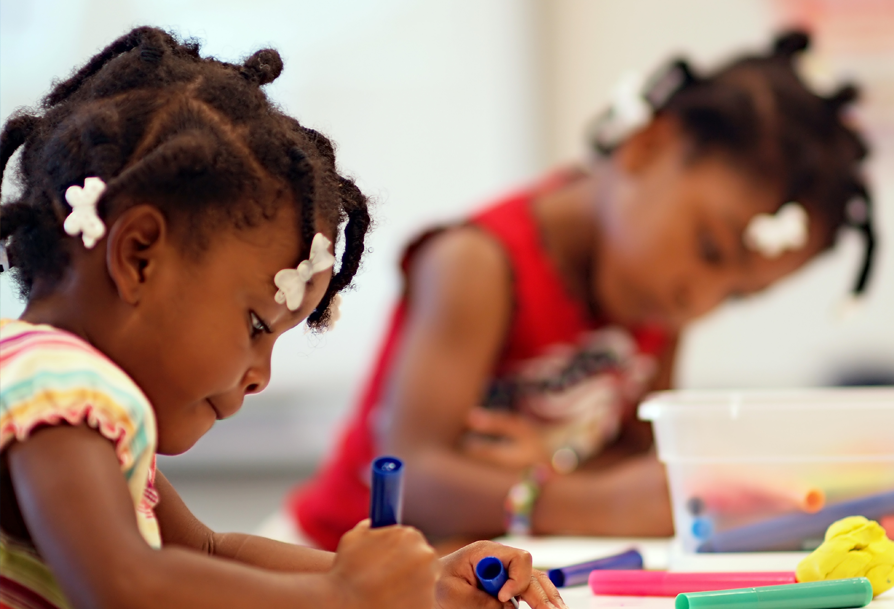 This article originally appeared on Understood.org.
This article originally appeared on Understood.org.
Why do children write in a mirror? Prevention and correction of mirror writing of numbers and block letters.
Author:
Vasilyeva Galina Sergeevna,
teacher-defectologist
Kindergarten No. 22 "Blue Bird" k/v
Salekhard - for example, mirror writing is studied in the context of dysgraphia or the phenomenon of right-handed people writing with their left hand. It is believed that mirror writing - that is, from right to left for most European peoples - is associated with insufficient formation of spatial thinking, primarily in relation to their own body, when children confuse the right and left hands, as well as insufficient formation of the functions of visual analysis and synthesis and even by learning to write in block letters too quickly, because of which children do not have time to reliably learn the relationship between the shape of a letter and its meaning.
However, recent studies have shown that the so-called "Leonardo handwriting", named after the genius who preferred to keep his numerous diaries in mirror handwriting, is also found in children with typical development.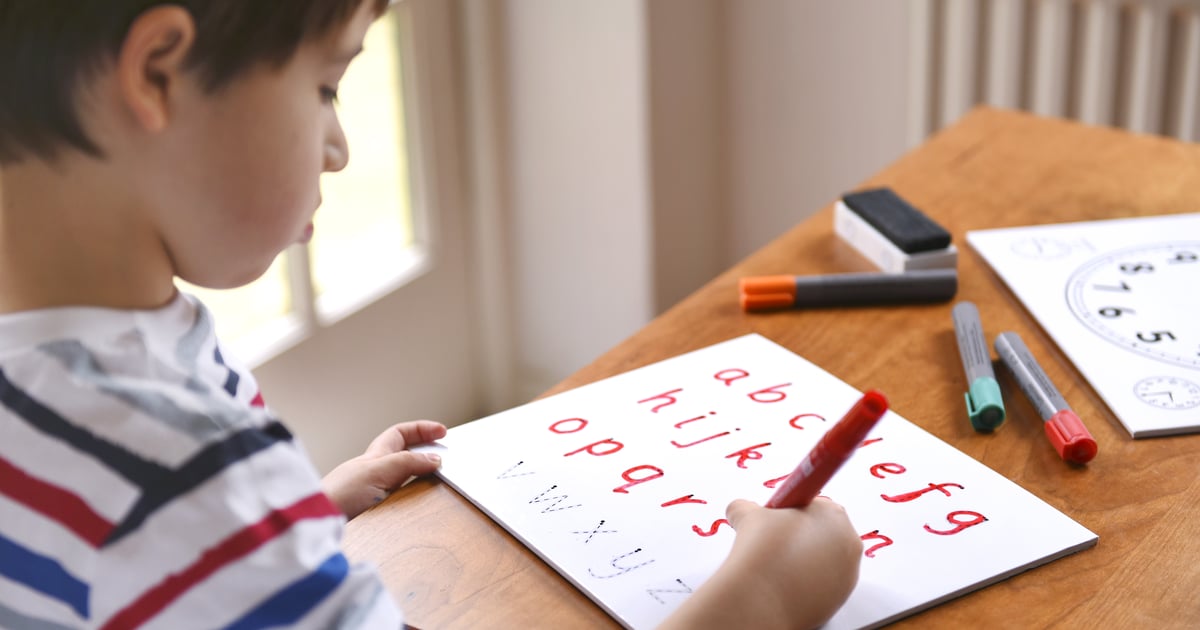 In children with dysgraphia, specific features of the perception of 3D three-dimensional (three-dimensional) spaces are recorded in the form of space defects in the right and / or left field, at the border of central and peripheral vision. Moreover, only in the near 3D space (this distance is from 0 cm to 30-40 cm). In the “defect window”, the space is located in the form of a reverse perspective. In these spaces, the image is mirror inverted. Therefore, when a child in the process of writing a letter or number falls into the defect zone, he writes it “as he sees”, that is, in a mirror image. It can be assumed that children with dysgraphia have impaired perception of 3D volumetric three-dimensional spaces. Moreover, it is the near space. In the far space, violations can either be fixed or absent. In the near 3D space there is a defect in the form of a kind of "window" in which the reverse perspective is located, or the so-called "Lobachevsky spaces". In these spaces, the image is mirror-flipped both vertically and horizontally.
In children with dysgraphia, specific features of the perception of 3D three-dimensional (three-dimensional) spaces are recorded in the form of space defects in the right and / or left field, at the border of central and peripheral vision. Moreover, only in the near 3D space (this distance is from 0 cm to 30-40 cm). In the “defect window”, the space is located in the form of a reverse perspective. In these spaces, the image is mirror inverted. Therefore, when a child in the process of writing a letter or number falls into the defect zone, he writes it “as he sees”, that is, in a mirror image. It can be assumed that children with dysgraphia have impaired perception of 3D volumetric three-dimensional spaces. Moreover, it is the near space. In the far space, violations can either be fixed or absent. In the near 3D space there is a defect in the form of a kind of "window" in which the reverse perspective is located, or the so-called "Lobachevsky spaces". In these spaces, the image is mirror-flipped both vertically and horizontally. When a child in the process of writing a letter or number falls into the defect zone, he writes it "as he sees it", that is, in a mirror image.
When a child in the process of writing a letter or number falls into the defect zone, he writes it "as he sees it", that is, in a mirror image.
Apparently, the discovered patterns of perceptual disturbances, on the one hand, expand our understanding of the pathophysiological mechanisms of dysgraphia in children and can be one of the diagnostic criteria. On the other hand, the detected pathognomonic phenomena can serve as a marker of the effectiveness of psychophysiological and/or neuropsychological correction.
When copying from a sample, children make much fewer mirror errors than when writing from memory. The phenomenon of mirror writing can occur along with a number of other errors at a certain stage in the development of writing skills in all children with normal development. At the same time, it is not individual psychological factors, right- or left-handedness and the sex of the child, but context factors that play a big role: for example, what the child wrote before, and even in what part of the page he started writing0003
Mirror writing of letters and numbers is one of the types of optical dysgraphia, which is based on:
to themselves and to each other;
• insufficient formation of visual analysis and synthesis;
• insufficient formation of letter gnosis.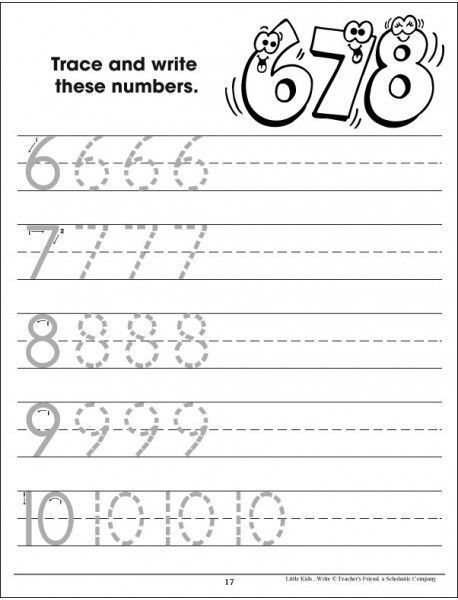
Such problems are more common in children 6-7 years old and are detected when teaching them to write. If the child is of preschool age, before the moment of teaching him to read and write, he did not acquire the ability to compare objects in size and shape; he is poorly oriented in the spatial arrangement of objects in relation to himself and to each other (confuses the right and left sides, makes mistakes in understanding the meanings and using prepositions denoting the location of objects in space) , then it will be difficult for him to assimilate and differentiate thin no differences between optically similar letters.
There are 33 letters in the Russian alphabet and writing 23 of them causes difficulties due to the mirror properties. Mirror writing of letters is typical of those children whose left hand is leading, but who were “retrained” to the right. These children often write individual letters, and often even a line as a whole, from right to left. They also tend to write letters and numbers from bottom to top.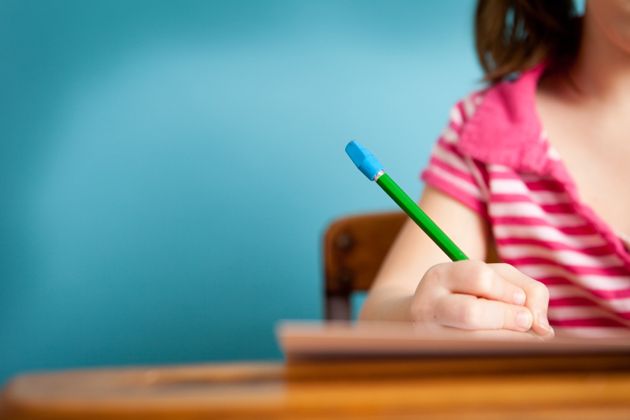
Prerequisites for "mirror" writing can be identified at preschool age, when the child is not yet literate. In this case, special attention should be paid to those children who prefer to use their left hand more.
One way to identify such prerequisites is to take two pencils and place one of them on the table in a vertical direction, and put the other to it on the right side at a right angle. Ask the child to look at your sample and do the same with two other pencils. Perhaps he will put the pencil on the left side, that is, "mirror". The same thing can happen in the process of drawing various simple objects, figures - a child can reproduce the samples offered to him in a mirror.
With the beginning of school education, such children will reproduce alphabetic characters in the same way. This speaks of the stable nature of the child's difficulties and, at the same time, of the unsystematic nature, as if by chance, of their manifestation in relation to individual letters.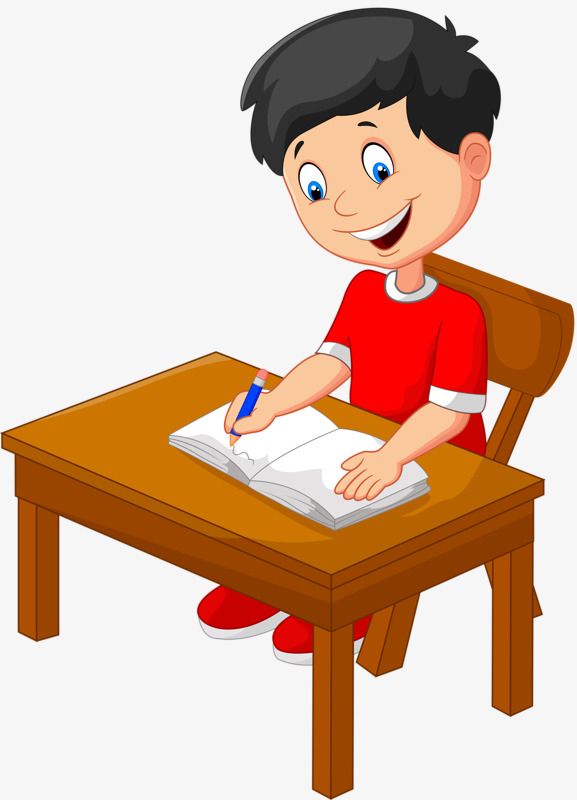 All this testifies to the general lack of formation of spatial representations against the background of which the correct or mirror spelling of individual letters is largely random. Therefore, you need to think not so much about individual letters, but about the need to solve the problem as a whole. And it is necessary to solve it precisely at preschool age, not expecting the appearance of persistent violations of the letter, but trying to prevent them, if possible. It is important to take into account that the stable predominance of the left or right hand is finally formed by about 6 years. If the left hand turns out to be dominant, then regardless of which hand the child will write with, he requires special attention in this respect.
All this testifies to the general lack of formation of spatial representations against the background of which the correct or mirror spelling of individual letters is largely random. Therefore, you need to think not so much about individual letters, but about the need to solve the problem as a whole. And it is necessary to solve it precisely at preschool age, not expecting the appearance of persistent violations of the letter, but trying to prevent them, if possible. It is important to take into account that the stable predominance of the left or right hand is finally formed by about 6 years. If the left hand turns out to be dominant, then regardless of which hand the child will write with, he requires special attention in this respect.
Before the work on distinguishing between the correct letter and its counterpart, a preparatory stage is carried out, which helps to develop children's orientation in space, on themselves and on a sheet of paper.
You should start here with the education of a clear differentiation of the right and left hands (Which hand is your right? And which is your left?). Then they learn to navigate in their own body, that is, they cultivate the ability to accurately find their right ear, right eye, left leg, right cheek, etc.
The next stage of work is the development of orientation in the surrounding space in terms of taking into account its right and left sides. The child needs to be explained that all those objects that are closer to his right hand are to his right, and those that are closer to his left hand are to his left. After that, the child is asked questions about the location of various objects. (Where is the door, to your right or left? And the window? Why do you think so?) When the child learns to accurately answer such questions, you can move on to determining the location of objects in relation to each other.
For example: a notebook to the right of the book (and not to the child himself), a pen to the left of the notebook, etc. And only after the child has mastered the features of the spatial arrangement of objects, he will finally be able to understand whether the sticks, you need to write a horizontal stick and an oval in the letter u, etc.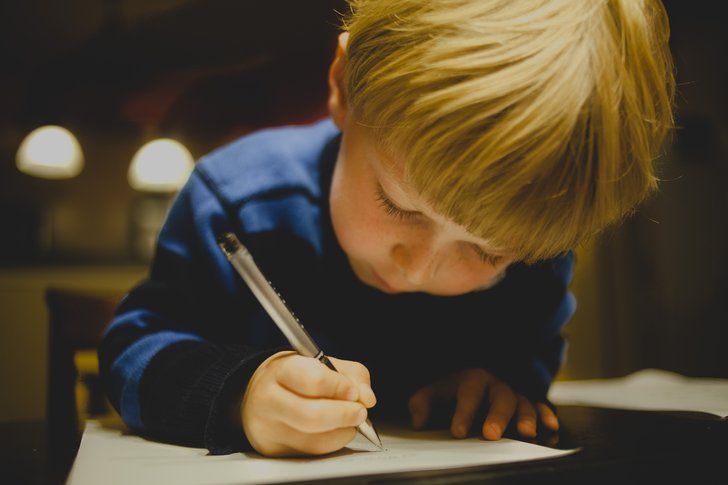 It is not advisable to start working with such a child immediately from learning the lettering styles. Work to prevent "mirror" writing should be carried out in several directions.
It is not advisable to start working with such a child immediately from learning the lettering styles. Work to prevent "mirror" writing should be carried out in several directions.
To correct "mirror" writing, it is effective to use the following types of work:
- reproduction of standard letters by children using cards, stencils, cubes;
- accompaniment with a finger along the letter, along the line of the letter
- tracing a letter with a finger in the air with visual support and with a sound guide (pronunciation)
- writing graphic dictations (dot, two cells up, one cell to the right, one cell down, one cell to the left). The main thing is to arouse interest in the child.
- improvement of spatial and temporal orientations on oneself, on a sheet of paper, development of abilities for memorization, automation and reproduction of series, including several different movements, pronunciation (seasons, days of the week).
- development of fine motor skills of hands using massage and self-massage of fingers, games with fingers, tracing, hatching, working with scissors, plasticine.
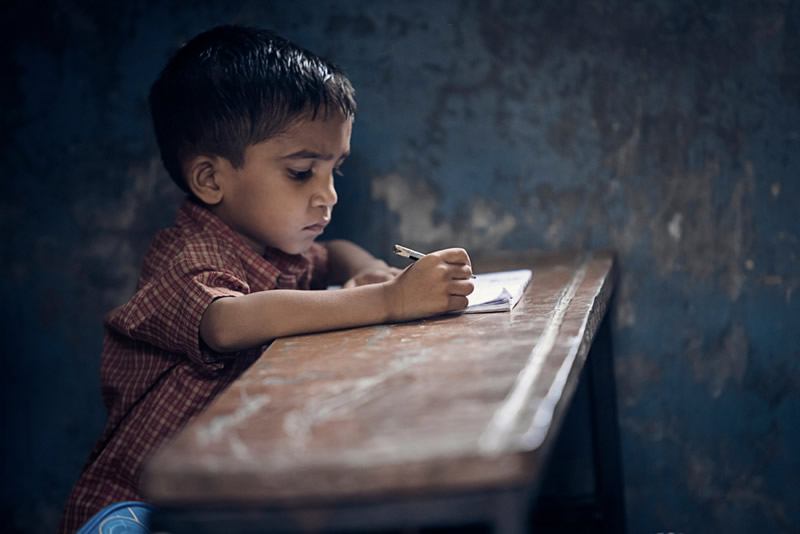
- development of tactile sensations through dermalexia, preventive work to prevent dysgraphia (you need to find out which letter was “written” on the back, on the arm, in the air with the child’s hand, recognize the letters by touch, etc.)
- expansion of the field of view of the child.
- development of constructive praxis by modeling letters from sticks, from elements of letters, reconstructing letters. For example: from the letter P, you can make the letter H by moving one stick. Definition of letters that can be laid out from three (I, A, P, N, C, F) and from two elements (G, T, K). Designing letters from elements: oval, semi-oval, long and short stick.
Children must clearly understand the concepts of "up", "down", "right", "left".
- To achieve this goal, different games should be played, up to laying out various figures and ornaments.
- search for letters overlapping each other.
- selection of letters written one against the other.
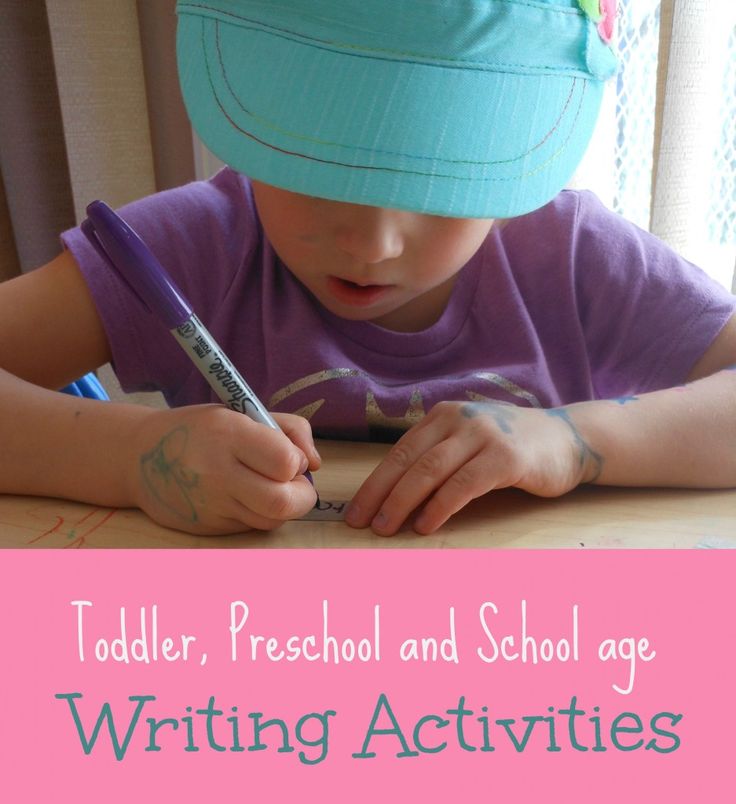
At the final stage of the work, you can move on to the written exercises.
- writing mixed letters from dictation. Letters are dictated in an indefinite sequence to eliminate the possibility of guesswork, for example: E, E, E, E, E, E, E, etc. Before writing each letter, the child must say what elements it consists of, in which direction it is directed - "looks".
- after the disappearance of errors when writing individual letters, you can move on to writing syllables, and then words with these letters.
To facilitate the difficult task facing the child of mastering the correct outline of letters, it is better to selectively work only on those letters that can be affected by "mirror imagery".
The fact is that many printed and some handwritten letters are completely symmetrical, which makes it impossible to write them "mirror". These printed letters are: A, D, Zh, M, N, O, P, T, F, X, W. These 11 letters can be completely excluded from the exercises, which will immediately make the work more focused and less voluminous.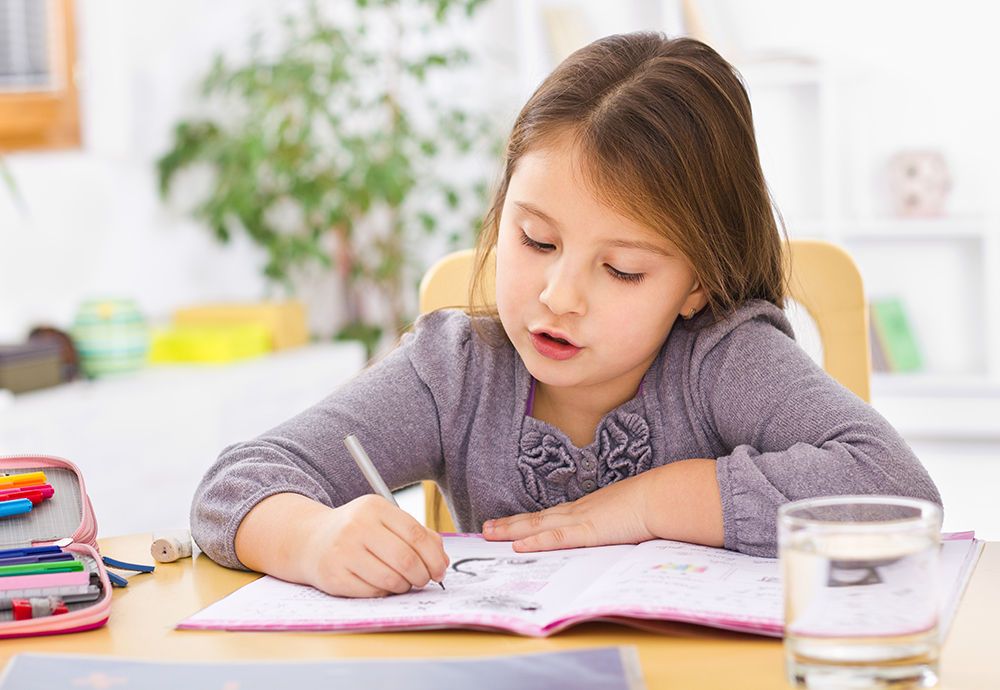 Then the child needs to be explained that in most cases the elements of the letters are written on the right. This applies to the following letters: B, C, G, E, I, K, R, C, C, U, S, b, b, Y. The child still has to remember those 6 letters that are “turned” to the left side: 3, L, U, H, E, I.
Then the child needs to be explained that in most cases the elements of the letters are written on the right. This applies to the following letters: B, C, G, E, I, K, R, C, C, U, S, b, b, Y. The child still has to remember those 6 letters that are “turned” to the left side: 3, L, U, H, E, I.
At the final stage of the work, written exercises are widely used, since it is precisely in ensuring the correct spelling of letters that the ultimate goal of all work consists. In the process of performing written exercises, you need to carefully monitor both the direction of the letter as a whole (the line is filled from left to right) and the way each letter is written: elements in letters are added only on the right side and in the direction from top to bottom. It is important to see the writing process itself, and not be content with just a ready-made “look”, even if the letters are correctly written. As written exercises, you can use writing under the dictation of individual letters, then syllables and words with these letters.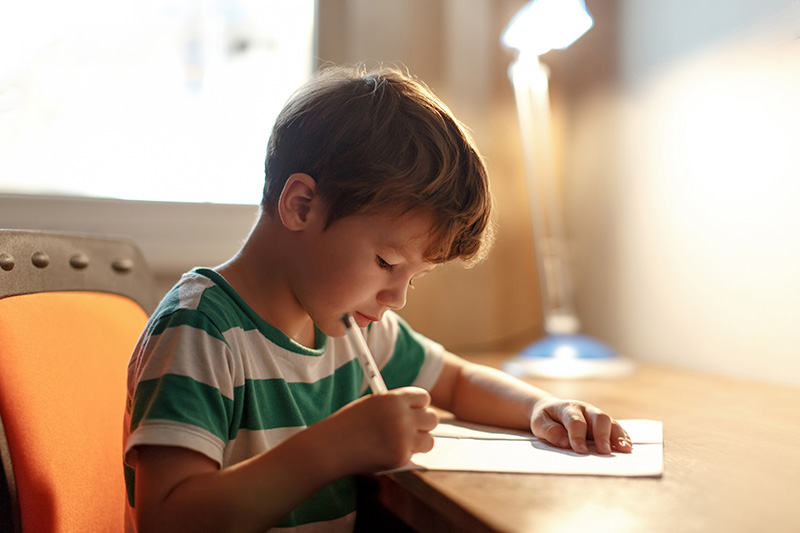 If there are no errors, you can proceed to the recording of proposals.
If there are no errors, you can proceed to the recording of proposals.
Similar work is carried out with the "mirror" writing of numbers. Experience shows that all numbers can be "mirror" depicted. "Mirror" in mathematics manifests itself very clearly, since much more often it is necessary to act in a given direction, especially when constructing geometric figures and in calculations.
It should be remembered that even after carrying out complex correctional work, it is necessary to carefully monitor the written work of the child.
And for teaching mathematics, an amazing invention of mankind is used - notebooks in a cage. Every adult should remember that a child needs to be taught how to use the cells: to be able to count the required amount up - down, right, left, step back a cell down, three cells in a given direction. In a word, to teach to observe a single spelling regimen. This is the first step for a child to master the written calculation in a column! If the child finds it difficult to work in the cells, then when working with multi-digit numbers, with written addition and subtraction, written multiplication and division, errors will appear due to the shift of the record in the cells.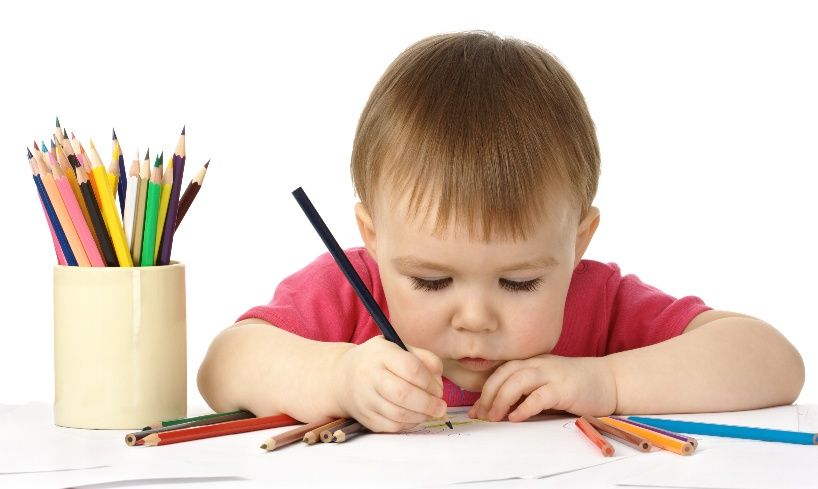
So, the problem of "mirror" writing requires close attention of us adults. Not only the teacher can help the child, but also the parents.
Literature:
•M. M. Bezrukikh, S. P. Efimova. "Do you know your child?", M-Prosveshchenie 1991
schoolchildren”, St. Petersburg from “Soyuz” - 003
• Mazanova EV “Speech therapy. Optical dysgraphia" - notebook No. 5. Aquarium 2004
• Paramonova L. G. “Prevention and elimination of dysgraphia in children”
• St. Petersburg from Soyuz - 2004
“Certificate of publication in the media” Series A No. receipt) 62502669050018 Dispatch date December 12, 2013
We invite teachers of preschool education of the Tyumen region, YaNAO and Khanty-Mansi Autonomous Okrug-Yugra to publish their methodological material:
- Pedagogical experience, author's programs, teaching aids, presentations for classes, electronic games;
- Personally developed notes and scenarios of educational activities, projects, master classes (including video), forms of work with families and teachers.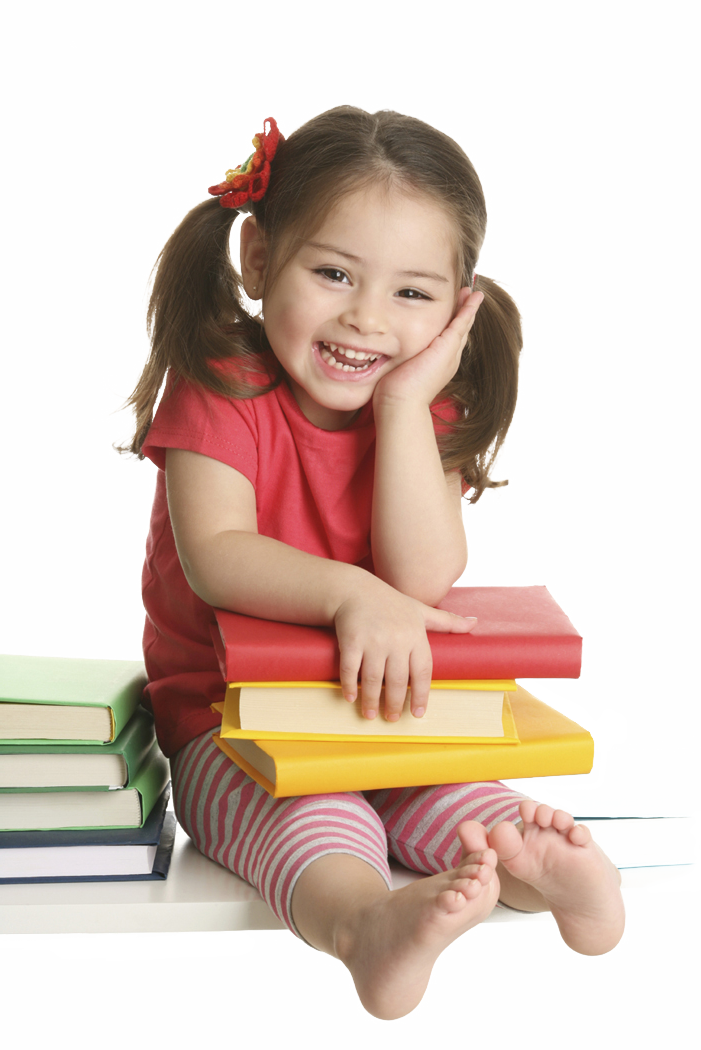
Why is it profitable to publish with us?
1. "Kindergartens of the Tyumen Region" is an officially registered media outlet at the federal level. EL No. FS 77 - 43321
2. The activities of the editorial office are supported by the Department of Education and Science of the Tyumen Region
3. We issue a "Certificate of Publication" in the media.
4. The document has a unique number, is entered in the register, has the original seal of the editors of the online publication and a signature.
5. "Certificate of publication" in the media is sent to the author in both paper and electronic form.
More >>>
Sample "Certificate of publication of the author's methodological material in the media".pdf
Share
Children and war
Children and war
How mothers and their little children experience the last month and a half
Author: Valeria Ratnikova
Editor: Ekaterina Martynova
Publication: April 5, 2022
Since the morning of April 3, everyone has been discussing the terrible footage from Bucha and Irpin left by the Russian troops.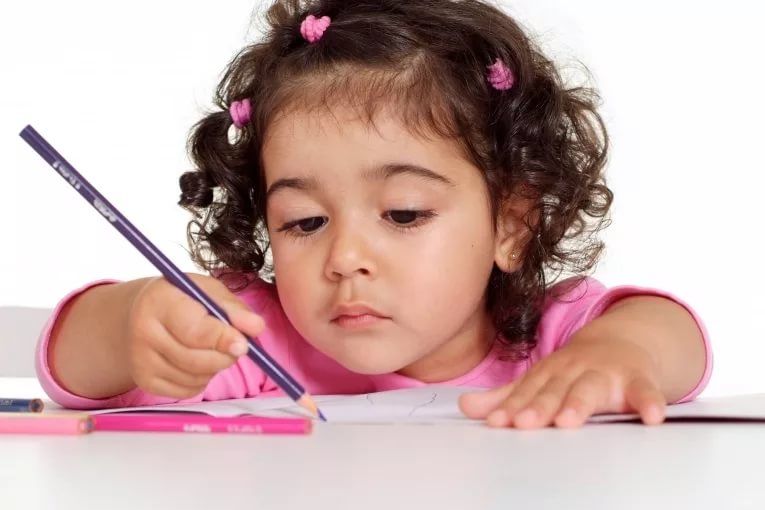 The bodies of civilians on the roads, some of which were killed by shell fragments, and some, even worse, shots in the back. We have yet to hear the testimonies of people who survived the Russian occupation. But war from the very beginning is an everyday horror, it is not only death, it is also hunger, and the shortage of essential goods, and hard attempts to escape from shelling.
The bodies of civilians on the roads, some of which were killed by shell fragments, and some, even worse, shots in the back. We have yet to hear the testimonies of people who survived the Russian occupation. But war from the very beginning is an everyday horror, it is not only death, it is also hunger, and the shortage of essential goods, and hard attempts to escape from shelling.
Since the beginning of the war, I have been trying to actively read what ordinary Ukrainians write in their blogs, faced with a new reality. Some share stories of loved ones who found themselves in besieged cities, others tell how they volunteer in parts of Ukraine that are still free (or almost free) from Russian troops, and still others show how their children survive the war. And I decided to record the monologues of the latter.
I talked to three mothers from different Ukrainian cities to find out how they themselves cope with the new military life and what they say about it to their children.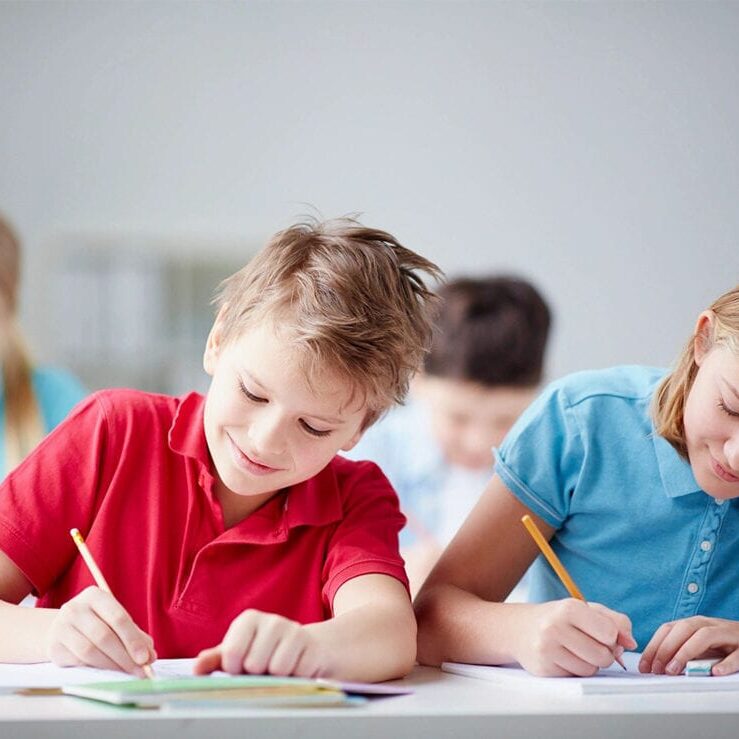 One of them is a psychologist and tiktok blogger with over 1 million followers Faina Anna. The other is a manicurist Nina Rakhmatullina, originally from Zaporozhye. And the third heroine is targetologist Angela, she is still in occupied Kherson with her five-year-old son and husband and cannot describe everything that happens without trembling in her voice and tears.
One of them is a psychologist and tiktok blogger with over 1 million followers Faina Anna. The other is a manicurist Nina Rakhmatullina, originally from Zaporozhye. And the third heroine is targetologist Angela, she is still in occupied Kherson with her five-year-old son and husband and cannot describe everything that happens without trembling in her voice and tears.
Read the monologues of these women and find out how the war is experienced by those who will one day have to build a new post-war world.
“We hoped this wouldn’t happen”
Fayna Anna, lived in Kyiv, now in western Ukraine
psychologist, author of a psychology blog on Tiktok @fayna.anna
I have three small children
: the eldest daughter Solomiya, she is 7 years old, the youngest Ulyana, she is 3 years old and her son Aeneas, he is now a little over a month old. Before the war, the eldest daughter starred in feature films, in commercials on television, and every Thursday she participated as an expert in the children's section of one of the programs on the Ukraine channel.
Until February 24, we lived in Kyiv. We watched in the news how Russian troops gradually accumulated on the border, and we understood that the threat of Russian invasion and aggression was very high. We hoped that this would not happen, but we understood that it could most likely happen, so we mentally prepared for the worst.
Nina Rakhmatullina, mother on maternity leave, before the birth of a child, a manicure and pedicure master. Lived in Zaporozhye, now in Poland
My daughter Amina is 11 months old. Many at the beginning of the war immediately began to seek shelter, but we did not go down to the basement: I read on the Internet that it was safe [in case of shelling] to stay at home in a room two or three walls from the street, and I planned to sit with the child in the pantry. But we did not sleep in pajamas, but in street clothes, so that if anything we could quickly run out. We were ready with our bags, the only thing is that I still didn’t want to take the child down to the basement once again.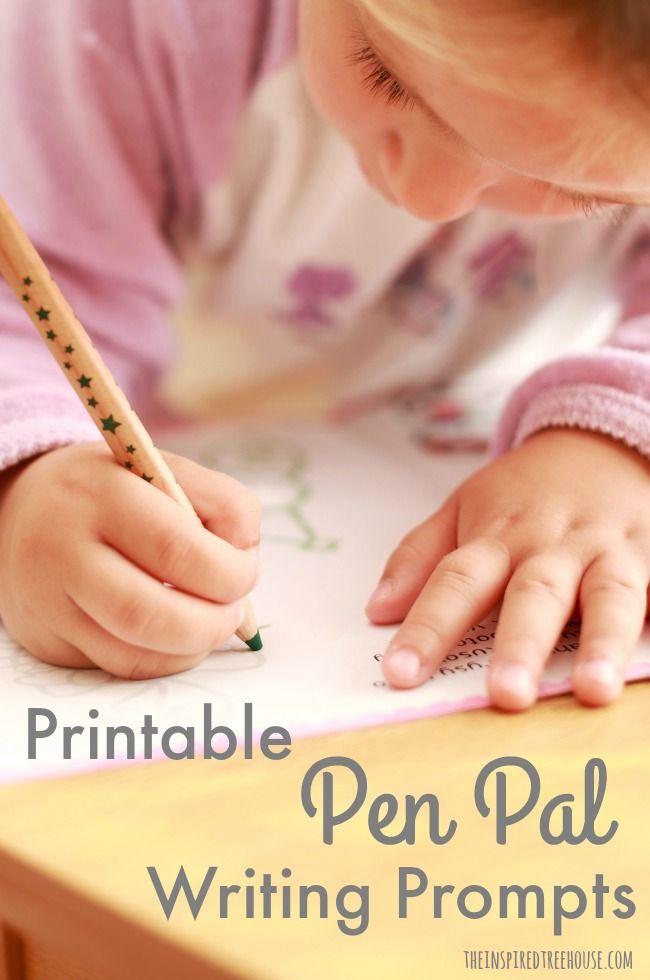
The child was under constant stress and her emotional state affected me physically as well. I couldn't eat or do anything all these days: I had constant stomach pains, nausea, and vomiting.
Shelves with baby food were empty in Zaporozhye - there was no milk, no formula, no diapers, people began to quickly buy it all. For example, I go to some store: there are no diapers of our size anywhere - there are zeros and ones - these are for newborns, and Amina is already 11 months old. As a result, I found out that there would be a supply of diapers to another district, and my husband and I went and took diapers to our district - a pack for everyone who needs it.
Angela, lives in Kherson.
Worked in a children's clothing brand, was engaged in targeting
(Last name not provided at the request of the heroine)
My son is 5 years old. We live in the center of Kherson, and they shoot mostly on the outskirts of the city, but we still hear these sounds from a distance.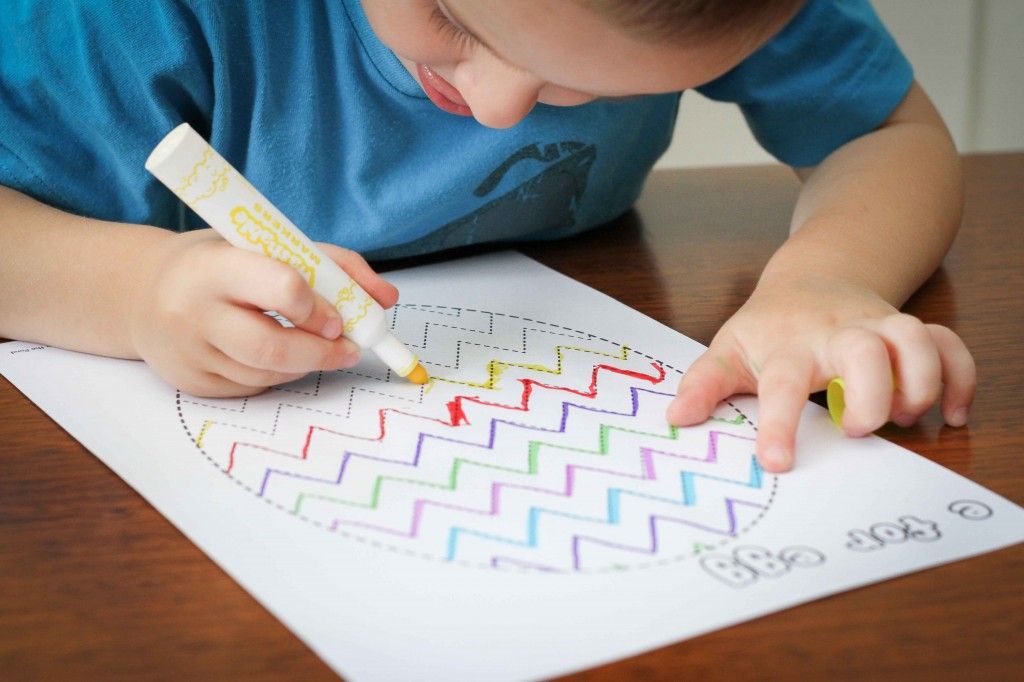 On February 24, the outskirts of the city began to be bombed, and on March 1, Kherson was already occupied. On March 1, Russian troops entered the city. During the first weeks of the war, we were sitting at home all the time.
On February 24, the outskirts of the city began to be bombed, and on March 1, Kherson was already occupied. On March 1, Russian troops entered the city. During the first weeks of the war, we were sitting at home all the time.
The son reacts very calmly to everything, but I notice that he starts scratching himself. When we walk around the apartment, and he hears some loud sounds from the street, he immediately runs into the corridor. It also happens when you hear knocks from neighbors or the metal door in the entrance knocks loudly, you also begin to be afraid and run away from them. We have already moved his bed to the corridor, we have laid everything there.
We explain to our son that the safest place [in case of shelling] is in the corridor, and he knows to go there. And when we walk down the street with him, I tell him that the safest thing is to go away from the road and follow me. Military equipment very often drives along the road near our house, and Russian soldiers live two blocks from us.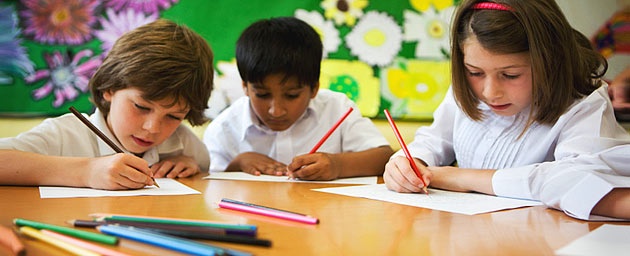
“Mom, why were we attacked?”
Angela
We have a very curious son, he often asks me: “Why are they shooting at us, why were we attacked?” Or the son asked another unpleasant question: “And when you were little, what was the war like then?” That is, for him it is now the norm that there is a war.
My son and I went to a rally against the Russian occupation once. Our son does not speak Ukrainian, only now he is learning Ukrainian in kindergarten, and at home we communicate in Russian. But at the rally, I still repeated the words in Ukrainian after everyone and was very inspired. He liked it so much that he was then very upset that I didn’t let him go there anymore. I tried to explain to him: "We will no longer go to the rally, because some people then suffer, and I worry that nothing will hit you."
Now, if we go out, then basically to the courtyard of our house, play with our son on the street for an hour and go back.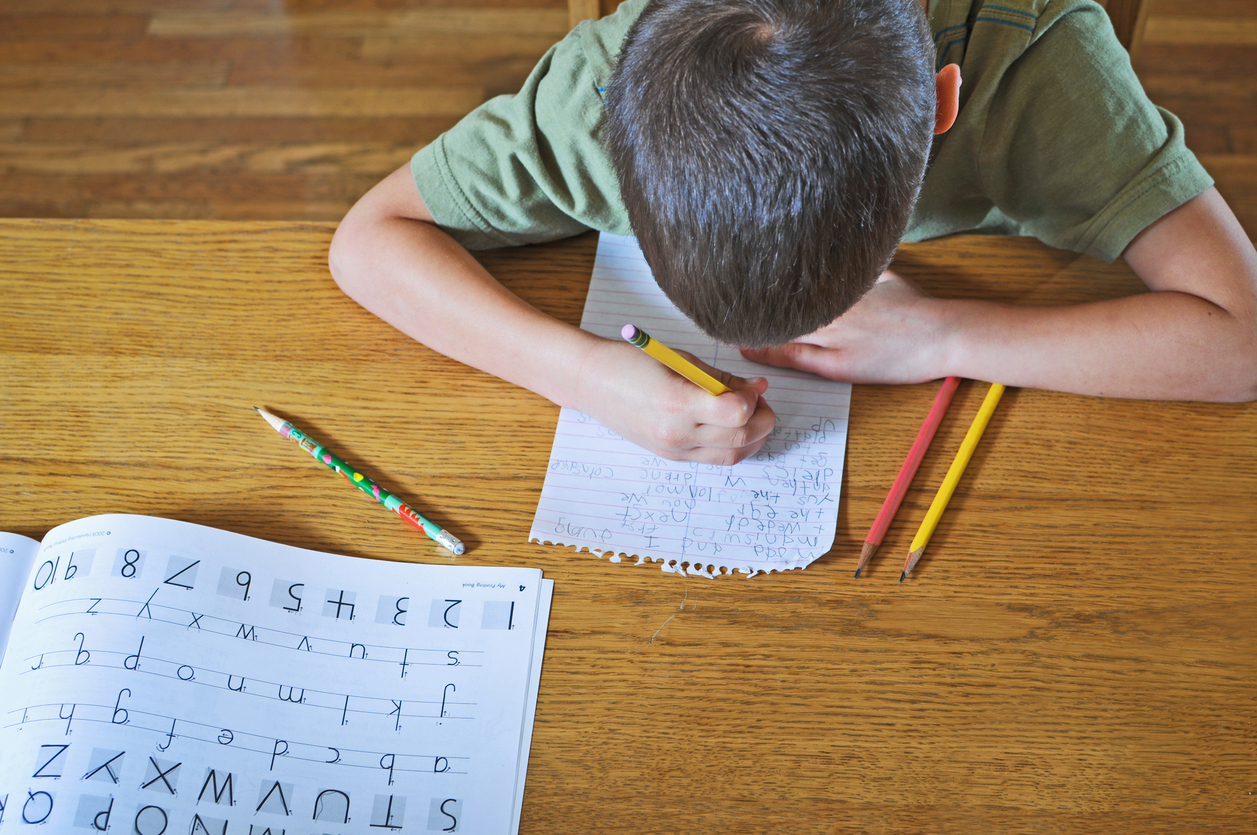 We usually meet three or four other children a week. Kindergartens have not been working since February 24. There are online classes, but my son and I are not always able to connect to them - his schedule is off, he often wakes up at night.
We usually meet three or four other children a week. Kindergartens have not been working since February 24. There are online classes, but my son and I are not always able to connect to them - his schedule is off, he often wakes up at night.
When asked why we were attacked, we answer that each country has its own chief. And so the two main ones did not share something between themselves. We do not tell our son who is right and who is wrong. Of course, it is difficult to isolate him from information, but some of the messages still reach him. But I want to limit the flow, because I understand how much it will affect his psyche.
Faina Anna
My eldest daughter Solomiya, who is 7 years old, is a very conscious child, she asks a lot of questions. Any Ukrainian mother will confirm that all the children have matured very much in these weeks.
The eldest daughter asks me: “Mom, what do you think: is our fate predetermined or can we somehow influence it?” The child asks questions that I find it difficult to answer.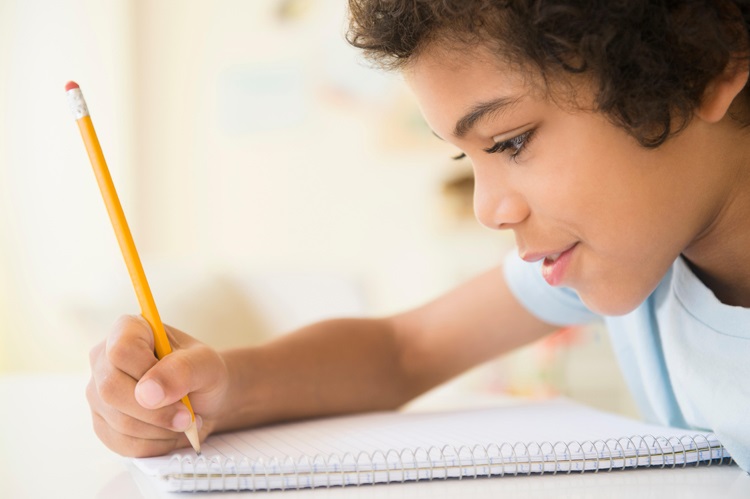 Or he also asks me: “Why did Russia attack us, why do they need our country, why can’t they live in their own country, why don’t they build their own, why are they breaking ours, why are they jealous that everything was fine with us ... was it? » I talk to her about this topic both as a mother and as a psychologist - I try to explain everything.
Or he also asks me: “Why did Russia attack us, why do they need our country, why can’t they live in their own country, why don’t they build their own, why are they breaking ours, why are they jealous that everything was fine with us ... was it? » I talk to her about this topic both as a mother and as a psychologist - I try to explain everything.
When asked why we were attacked, I answer as it is, but I tell everything as simply as possible: because there is a sick person, it so happened that this is their president, he is haunted by the country that is nearby, which is developing and prospering, who lives in a way that is not allowed to live in Russia. I don't really try to isolate the child from reality, and this is impossible, given that we are all around 24/7 listening to the news, getting some kind of video.
You need to talk to the child and clarify the situation to him, and each parent must understand the degree of perception of his own child and give information so that he hears it. I am for telling children the truth. The youngest daughter, she is my average child, only 3.5 years old. And it is too early to explain anything to her at this level. She, like all children, now has tantrums, they want to go home, they cry. Some children are in a state of shock, they are depressed, they are silent.
I am for telling children the truth. The youngest daughter, she is my average child, only 3.5 years old. And it is too early to explain anything to her at this level. She, like all children, now has tantrums, they want to go home, they cry. Some children are in a state of shock, they are depressed, they are silent.
“We have to go”
Nina Rakhmatullina
On March 8, my husband insisted that Amina and I need to pack our things and go, because we don’t know what will happen. Before that, I did not want to leave - I was afraid to leave him. But he said: “If you are safe, I will be calm. Therefore, if they take me [to the army], [and you stay here], I will worry about you.” He was afraid. that if not from war, then we may suffer from looting.
We first traveled by train - from Zaporozhye to Lviv. It was terrible, the train had a car for 140 people, and there were 16 people in the compartment. All with small children who didn’t sleep all the way, people were lying in the aisles, on bags, it was impossible to go anywhere. Like cucumbers in a jar. It was 30 degrees in the car, because the ventilation could not cope with so many people. The lights on the train were not on so as not to attract attention. We were traveling with my daughter and my mother, she is almost 60.
Like cucumbers in a jar. It was 30 degrees in the car, because the ventilation could not cope with so many people. The lights on the train were not on so as not to attract attention. We were traveling with my daughter and my mother, she is almost 60.
My daughter screamed all the time and didn't eat, I couldn't feed her, she had a couple of spoonfuls of porridge a day, if she ate it's good. There was hot water on the train, I took it and beat the children's porridge, but I poured them out all the time: I chop - I pour it, I chop it - I pour it out. Amina couldn't really fall asleep. This was our first trip - we thought that it would be a year at sea, but it turned out like this.
We traveled by train for 30 hours, we were supposed to get to Poland right away, but everything was crowded there - we were taken to Lvov to wait for another train. I didn’t wait at the station, I found a volunteer. At the station in Lviv I found a Pole man: he was carrying humanitarian aid in Ukraine and, in order not to return to Poland empty, he took people with him.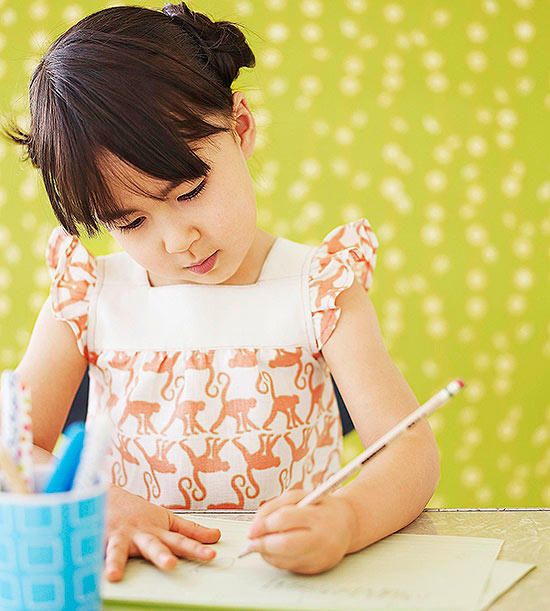 So we got to the border. Amina fell asleep as soon as she got into the car.
So we got to the border. Amina fell asleep as soon as she got into the car.
In the city closest to the border, we were left at a transit point - at a school, we spent the night there, there is a shower, and hot tea, various food, folding beds, even a playpen for children. We put Amina there and she slept until the next morning. Then I went to the railway station and found volunteers who helped us with housing near Krakow and took us there. Now we live in a house with another family.
Fayna Anna
As soon as the war began, my husband and children and I set off towards the western part of Ukraine, stopping at different places. When you and your family travel around Ukraine, you can use the Prihistok mobile application (translated into Russian as “Shelter”) and use it to search for people who are ready to receive you. The road was very long - about 15-18 hours with stops, it was difficult to drive: a newborn child was in his arms (Eney was 2 weeks old when the war began), he needed to be fed, changed, since it was possible to get out at any gas station: to bring the child in order, bathe, wash.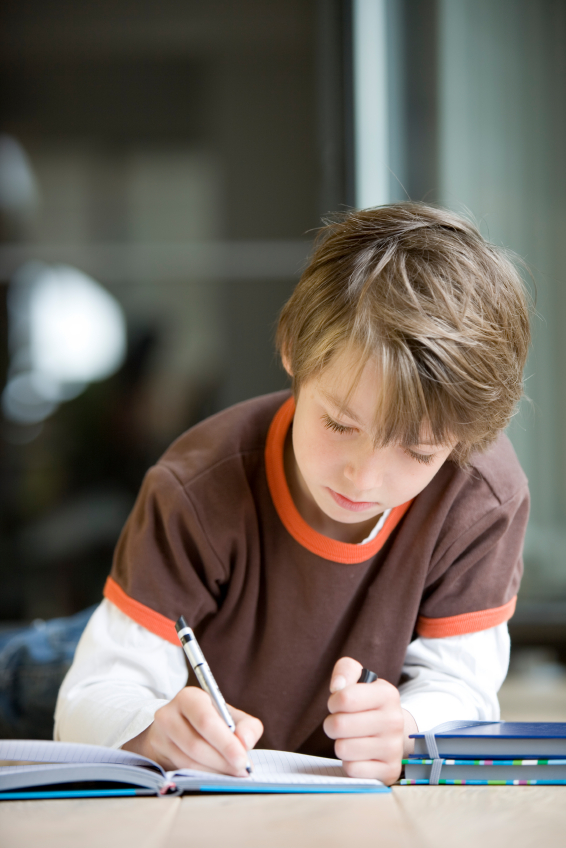
The road is difficult with children of any age, but with little ones, especially when there are three of them, it's fantastic, it's unrealistic. The worst thing for my children is the sound of an air siren, they are very afraid of them. Of course, they heard both shots and explosions, these are all sounds that frighten, that injure and that leave a mark for life. It was hard to travel from Kyiv with some restrictions, with stops, checks, checkpoints everywhere where documents are checked.
Children need to be explained why it is important to behave in a certain way, why it is necessary to wait, why it is necessary to stand around for who knows how long. They constantly asked: "Where will we spend the night, and what will we eat, and will we eat?"
For children who are accustomed to a normal, active social life, this is all stress, a lot of stress. Fortunately, my children did not see the torn corpses that are now on the roads, the fired upon cars, we were able to save them from this, but all the same, information about such things leaks out.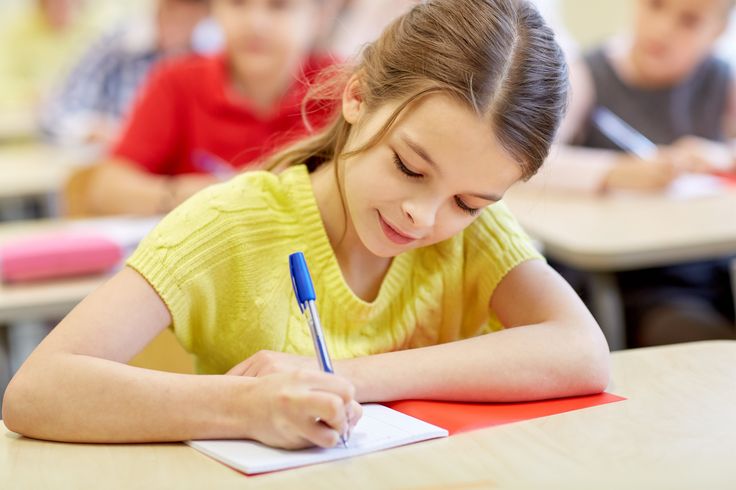
“When we realized that we had to go, it was too late”
Angela
Since February 24, it didn’t reach me for a week what was happening, that all this was not a dream - it didn’t fit in my head. And when my husband and I finally understood what had happened to us, we began to think about how to leave the city, but it was too late. Our trains and buses have not been running since February 25. But we don’t have our own car, if we had, we left. The husband says: they would go on foot if there were no things.
At first I was afraid to go out for a long time, because it was not clear what, on what day, where was happening. Then, gradually, we began to leave, but due to the fact that the city was occupied, there were few products on the shelves and for a long time it was generally very difficult to buy anything from food. At first, in the first half of the day, we stood in lines, and in the second half, we monitored the news, found out what was happening with loved ones.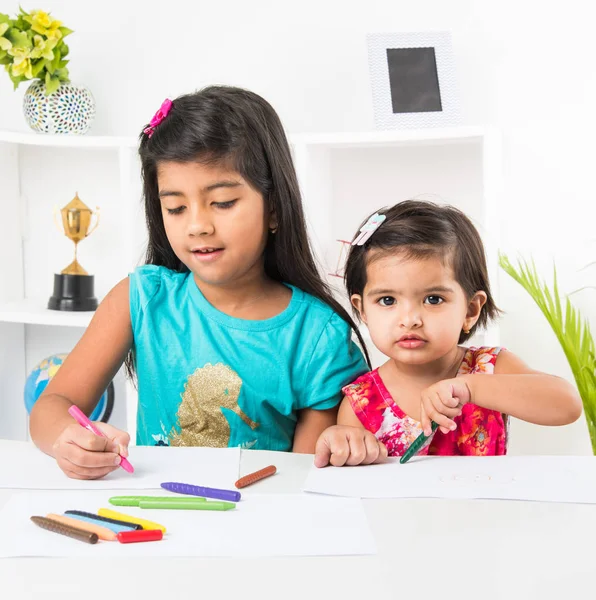
More shops are now open than at the beginning. Sometimes it turns out to import vegetables and milk from the region. Sugar, cereals are generally a rarity now. Sweets for children are also rare. We get to the store, we see what is there - then we buy it in advance. Then you don’t know what the price will be, whether there will be products.
Shelter for 200 people
Faina Anna
For the longest time (three weeks) we lived in a shelter in one of the cities in Western Ukraine, organized by volunteers for refugees. It was difficult to find a place, because now there is a huge outflow of people from the regions. Active bombardments are being carried out there, and Russia is literally erasing our cities from the face of the earth. People often leave for the west of Ukraine, and some go abroad, to Europe. During all this time, we have already changed six places of residence.
My husband took us to the shelter and returned to Kyiv to help and be where he is needed most.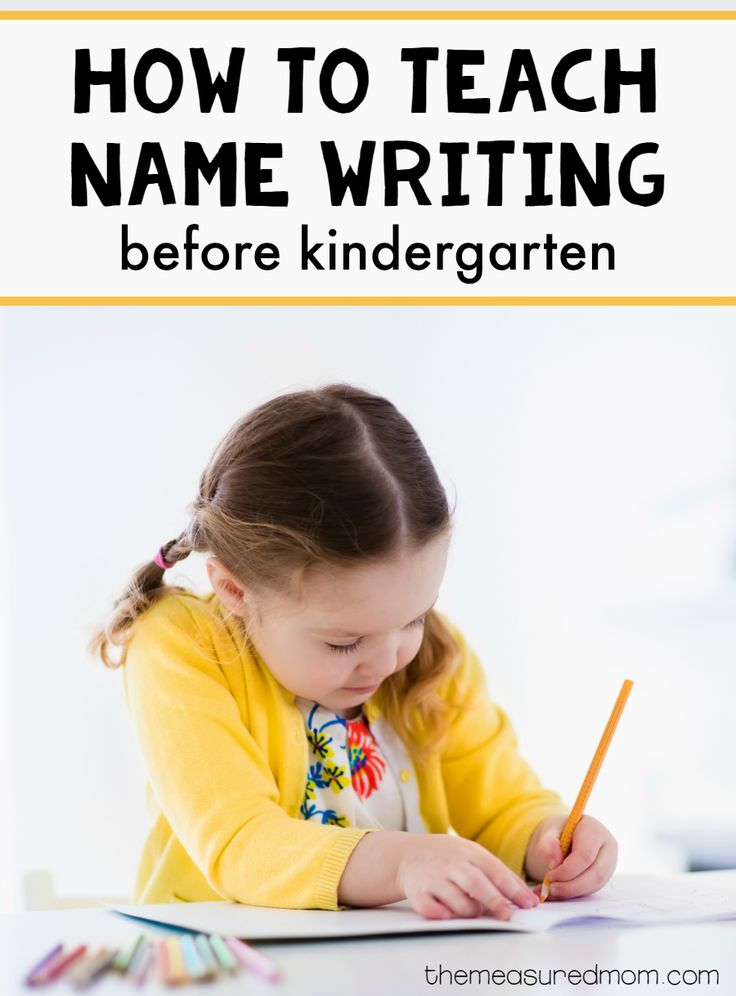 All similar shelters are adapted for women and children in the first place, as well as for parents with disabled children. 90 percent of all who live in such places are really women and children. In total, we had 200 people here, and about 50 children.
All similar shelters are adapted for women and children in the first place, as well as for parents with disabled children. 90 percent of all who live in such places are really women and children. In total, we had 200 people here, and about 50 children.
The situation is tense. When air raid sirens sound and children are taken out into the corridor, there are those who frantically look at one point and do not react in any way, this is the worst thing. Their psyche blocks any perception. They begin to get used to what is happening: they stand and just silently wait for the siren to end. Children aged 5-6 and older are already like adults. How the soldiers put on their hats, take their backpacks folded in advance, and very quickly go out into the corridor as soon as they hear signals and warnings about air raids.
Children begin to get sick, many children do not speak, they are in a state of shock. Volunteers help a lot, and in general, I see how the whole world is helping us now, because a huge amount of humanitarian aid arrives at the shelter from all countries of the world that can only be imagined and named. And we, adults, help sort out all these humanitarian receipts, which then disperse throughout the country.
And we, adults, help sort out all these humanitarian receipts, which then disperse throughout the country.
There are children here who came from near Kharkov, from Nikolaev. Many who came here show photographs of their houses, what was left of them, some spent 11 days in the basement without food, without light, in the cold with small children.
“Mom, will you definitely raise us with dad?”
Nina Rakhmatullina
Recently, my husband was finally summoned to the draft board and taken to the army. Of course, we pray that this will all end soon and that we will come to Ukraine in the summer to rebuild our homes. Of course, I have a lot of plans in my head: I still want to go to work, restore beauty, do manicures and pedicures, I want our grandmother to retire and take care of her granddaughter.
Of course, we will tell children about the war - our grandmothers are the children of the war. And our children, it turns out, are the children of war now too.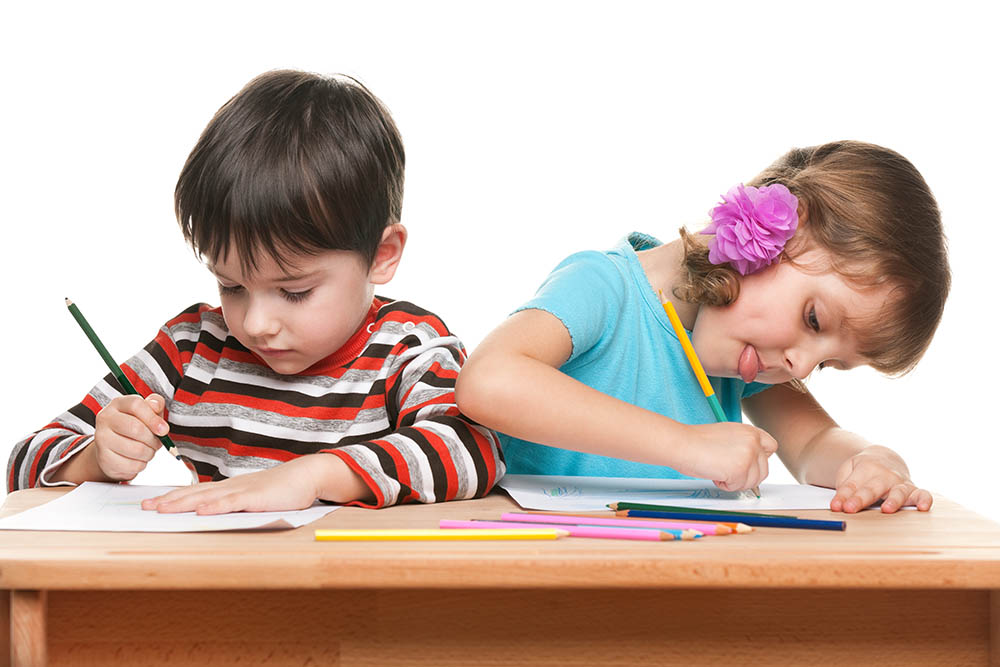 I will tell and explain everything to Amina, but I don’t know how yet.
I will tell and explain everything to Amina, but I don’t know how yet.
I would like to go home already: business at home, native walls. They say that many people who leave stay abroad, but I'm not one of those. I want to go home.
Faina Anna
It is very scary to answer my daughter's question when it will all end and whether everything will be fine, and whether we will definitely survive, and whether she will live. “Mom, are you sure you will raise us with dad? And promise that you will raise me and my sister and my brother, ”these were the promises my eldest daughter took from me and my husband. I tell them that we will definitely raise you, you will be healthy and happy and you will rebuild a new Ukraine, everything that is destroyed, everything that is broken, build everything and live a long and happy life.
You will need to work with children, it is advisable to start now, if it is possible to contact psychologists, through classes to bring them to some necessary thoughts, to liberate them, to talk, this is important. And after the war, when all this is over, when we win, when we start rebuilding our cities, of course, we will rebuild both the health and the psyche of our children. It will take a lot of time and in any case it will leave an imprint for life.
And after the war, when all this is over, when we win, when we start rebuilding our cities, of course, we will rebuild both the health and the psyche of our children. It will take a lot of time and in any case it will leave an imprint for life.
Anzhela
I'm a little worried about what the situation in Kherson will be like when the food runs out and when it's no longer possible to even find a car. Now, fighting has begun on the road we wanted to take, so we are still waiting. If we go, then towards the western part of Ukraine.
When everything is over, the first thing we will do is look for a psychologist - for me, for the child, for the whole family. To understand how to proceed with this. I still don’t know how to explain to my son everything that happens normally, so that he grows up kind, so that it minimally affects his psyche and doesn’t embitter him in any way later. We are lucky - the son is very friendly, curious and listens to us very well.


